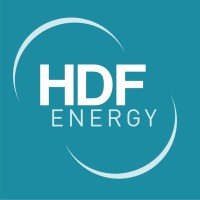SoCalGas blends hydrogen in a controlled field environment
SoCalGas is among the first utilities in the US to test the effects of a hydrogen blend on natural gas infrastructure and equipment in a controlled field environment.

SoCalGas has successfully blended up to 20% hydrogen through a closed-loop natural gas system with natural gas residential appliances at its Engineering Analysis Center and Centralized Training Facility.
As part of the testing, technicians measure the performance of common household appliances like stoves, wall heaters and forced-air furnaces when they are fuelled with a blend of hydrogen and natural gas.
Preliminary results of testing that began earlier this summer show the household natural gas appliances are compatible with up to a 20% hydrogen blend which is consistent with previous international research and lab testing.
The tests provide key operational and safety experience, including testing for pipeline leaks, that will enable SoCalGas to implement larger-scale hydrogen blending demonstrations. It will continue to test the impacts of blending hydrogen with natural gas on pipelines and appliances.
SoCalGas is actively engaged in over 10 pilot hydrogen projects, including a partnership with Netherlands-based HyET Hydrogen to allow hydrogen to be easily and affordably transported via the natural gas pipeline system, then extracted and compressed at fueling stations that provide hydrogen FCEVs.
Meanwhile, SoCalGas will also break ground on its H2 Hydrogen Home project this year, the first of its kind in the US. The aim is to show how carbon-free gas made from renewable electricity can be used in pure form or as a blend to fuel clean energy systems of the future. The home in Downey will be the first fully integrated demonstration project with solar panels, a battery, and an electrolyser to convert solar energy to hydrogen and a fuel cell to supply electricity for the home.
The hydrogen economy has been getting traction in the US. Recently, National Grid unveiled its vision for the hydrogen economy in New York as the city fights against climate change and to achieve its net-zero goal by 2050 goal. National Grid has taken into account multiple sectors, including power generation, transportation, and heating. Long Island has considered an ideal place to become a hydrogen hub (a cluster of local hydrogen production, storage and demand), given the high energy demand in the city metro area, limited transmission connections, and large offshore wind potential to be used to produce green hydrogen.
